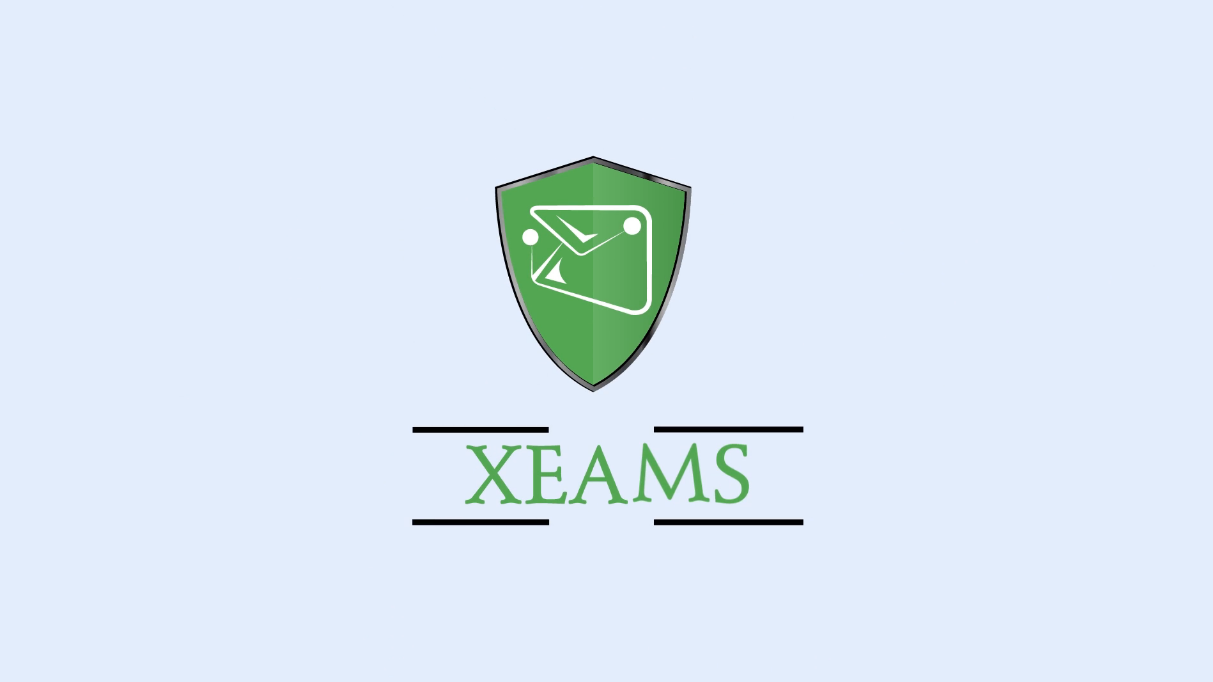Xeams — Spam Firewall and Mail Server in One Package
General Information
Xeams is a Java-based mail platform that can run in different roles. Some treat it purely as a spam firewall, sitting in front of Exchange or Postfix. Others use it as a full mail server with IMAP and SMTP. The idea is simple: one product that can be adjusted to fit what the site actually needs.
It’s not new in the market, but admins still bring it up when they want something flexible, cross-platform, and easy to manage through a browser instead of config files.
How It Works
Xeams runs on Linux, Windows, or macOS as long as Java is installed. It can be launched in three ways:
– Firewall mode — filters junk before it touches the mailbox.
– Hybrid mode — acts as both a server and a filter.
– Full server mode — runs as a standalone MTA with POP3, IMAP, and SMTP.
Filtering is done through a scoring system: blacklists, Bayesian checks, custom rules, and heuristics. Suspect messages land in quarantine. Users can log in and release them if needed, which saves helpdesk time.
Functions
| Feature | In practice |
| Platforms | Windows, Linux, macOS (Java runtime required) |
| Modes | Spam firewall, Hybrid, or Full mail server |
| Protocols | SMTP, IMAP, POP3 |
| Filtering | Spam scoring, quarantine, whitelists/blacklists |
| Security | TLS/SSL, DKIM, SPF, DMARC |
| Web console | Admin and user portals |
| Integration | Can sit in front of Exchange/Postfix or run standalone |
| License | Free core + commercial edition |
Installation Guide
1. Install Java if it’s not already there.
2. Download Xeams for your system.
3. Start the service and open the browser console.
4. Pick the mode you want to run.
5. Configure DNS (MX, SPF, DKIM, DMARC).
6. Send a few test mails to confirm filtering.
Most admins first deploy it in firewall mode to test spam catching before switching to hybrid or full server.
Everyday Use
– Small companies drop it in front of Exchange to get rid of junk.
– Schools run it as a free mail server for staff accounts.
– IT teams in midsize orgs use hybrid mode to keep filtering and hosting under one roof.
– Hosters like it because end users can log into the quarantine portal themselves.
For admins, the routine is mostly checking quarantine reports and adjusting thresholds. Users just see that spam disappears from their inboxes.
Limitations
– Needs tuning; defaults are okay, but every environment is different.
– Runs on Java — memory settings matter a lot under load.
– Web UI is functional, not modern.
– Community size is smaller compared to bigger projects.
Comparison
| Tool | Platforms | Strengths | Best Fit |
| Xeams | Cross-platform | Flexible roles, web console, spam filtering | SMBs, schools, mixed deployments |
| hMailServer | Windows | Simple, small footprint | Windows-only shops |
| Postfix + Amavis | Linux | Very customizable, proven | Enterprises with Linux skills |
| Zimbra OSE | Multi-platform | Collaboration features | Enterprises, universities |
| Exchange | Windows | Enterprise native, Outlook integration | Corporates in MS ecosystem |
Notes from the Field
Admins who’ve used Xeams say it’s straightforward to get running, but performance depends a lot on JVM tuning. Give it more memory than the default and it behaves well. Spam detection is decent out of the box, but tuning custom rules is worth the time. In many deployments, once it’s set, it just runs in the background — users only notice that their inbox is cleaner.

